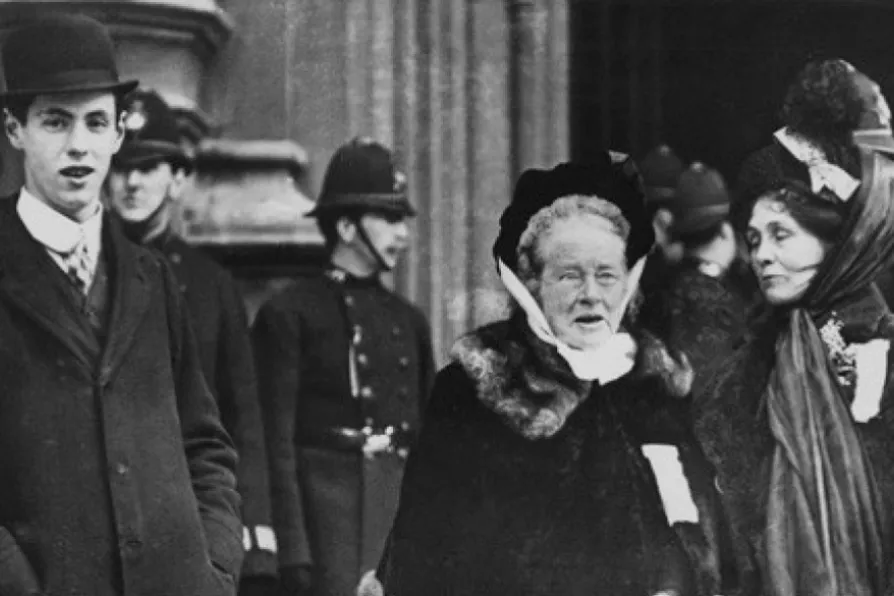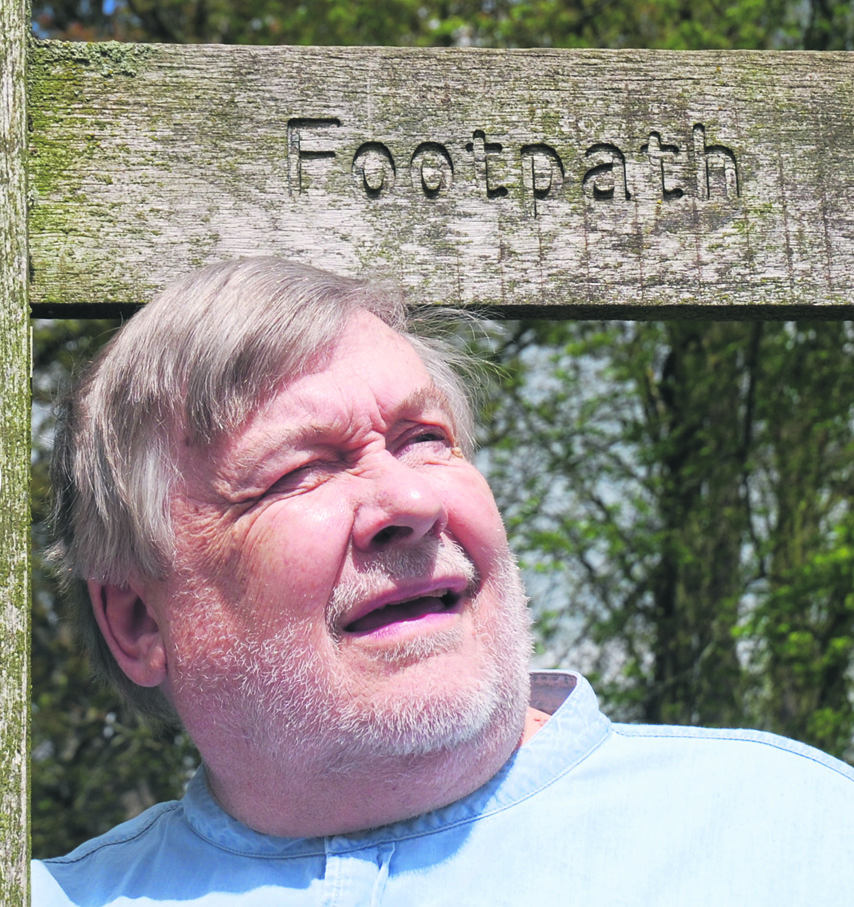The Gala’s core message of working-class solidarity offers renewed hope and provides the antidote to the anti-worker policies of Reform UK, argues IAN LAVERY MP

 Elizabeth Garrett Anderson (centre) with Emmeline Pankhurst
Elizabeth Garrett Anderson (centre) with Emmeline Pankhurst
ELIZABETH GARRETT ANDERSON was born in the summer of 1836 in Whitechapel, east London. A proud and active suffragette, she would, sadly, die just one year before her sex achieved the vote here in Britain.
One of her greatest achievements still exists in London. Her New Hospital for Women, renamed the Elizabeth Garrett Anderson Hospital in 1918, still serves women as University College Hospital Elizabeth Garrett Anderson Wing.
Her original hospital is now part of the national headquarters of Unison. The HQ has a gallery that pays tribute to and tells the story of this remarkable woman.
The story starts with her ancestors who were ironworkers in the east Suffolk town of Leiston. Her father Newson and his wife Louisa Dunnell lived in a pawnbroker’s in Whitechapel. Elizabeth was one of four London children, but her brother died at the age of only six months.
In 1841, the family moved back to Suffolk. Father set up a barley and coal merchants business and built what is now Snape Maltings to house the business. Five more children were born in Suffolk.
Elizabeth’s was an affluent family, part of the economic success of the Industrial Revolution. The Garrett companies invented the production line as a method of efficient manufacturing. They built steam engines on a production line long before Henry Ford claimed to have invented the idea.
Her somewhat radical parents encouraged her to take an interest in local politics and to explore the town with its nearby salt marshes, beach, small port and boatbuilding.
There was no school in Aldeburgh, so a governess was employed to educate her and her sister. When Elizabeth was 13 and her sister 15, they were sent to a private school in London.
She set her heart on becoming a doctor — no easy task — and decided to spend six months as a surgery nurse. She proved so good she was allowed to attend an outpatients’ clinic and even view a surgical operation.
She tried to enrol in medical school but was only allowed to attend private tuition in Latin, Greek and also classes with the hospital’s apothecary, while continuing her work as a nurse.
A private tutor taught her anatomy and physiology three evenings a week. Eventually she was allowed into the dissecting room and the chemistry lectures.
She hung on, becoming an unwelcome presence among the male students, who petitioned the school in 1861 against her becoming a fellow student.
She was eventually forced out of Middlesex Hospital but not without an honours certificate in chemistry and the study of substances used in medicine.
She then applied to several medical schools, including Oxford, Cambridge, Glasgow, Edinburgh, St Andrews and the Royal College of Surgeons. All these male bastions turned her down.
A loophole in admissions at the Worshipful Society of Apothecaries — their charter meant they could not legally exclude her on account of her sex — allowed her to obtain a certificate in anatomy and physiology.
Her battle to qualify went on until, in 1865, she finally took her exam and obtained a licence from the society to practise medicine, the first woman qualified in Britain to do so.
In the exam Garrett passed with the highest marks, but that didn’t stop the society changing its rules to stop any other women obtaining a medical licence.
It was not until 1876 that the new Medical Act was passed, which allowed British medical authorities to license all qualified applicants whatever their sex.
Garrett couldn’t find a medical post so, in late 1865, she opened her own practice. After six months she opened an outpatients dispensary to enable poor women to obtain treatment from a qualified female.
The 1865 cholera outbreak hit both rich and poor. Many people forgot any prejudices they had in relation to a female physician and 3,000 attended Garrett’s newly opened St Mary’s Dispensary for Women and Children in its first year.
She heard that the Sorbonne in Paris was admitting women as medical students and she hastily learnt French so that she could apply for a medical degree, which she obtained in 1870.
In 1873 the British Medical Association could do nothing to stop her joining. However, it soon changed its rules to stop the admission of further women. She remained the only female member for the next 19 years.
On November 9 1908, she was elected mayor of Aldeburgh on the Suffolk coast, the first female mayor in England.
She became active in the women’s suffrage movement. In 1866, Garrett and Emily Davies presented petitions signed by more than 1,500 people asking that female heads of household be given the vote.
In later life she shared a Surrey cottage with her two famous sisters, Millicent Garrett Fawcett and Agnes Garrett, and suffragette composer Dame Ethel Smyth.
By the time of her death in 1917, aged 85, Elizabeth Garrett Anderson would have an unequalled list of women’s firsts next to her name that would have done for a dozen outstanding women.
She was first woman to qualify in Britain as a doctor, the co-founder of the first hospital staffed by women, the first female dean of a British medical school, the first female doctor of medicine in France, the first woman in Britain to be elected to a school board, the first British female magistrate and the first female mayor in Britain. Some proud record, some woman.



















